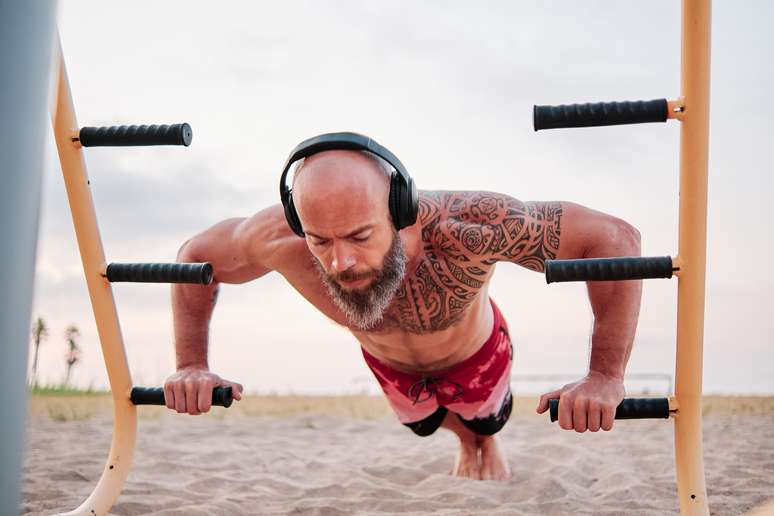There are several exercises that can be performed using only body weight. Find out how you can do rhythmic gymnastics outdoors!
One of the advantages of exercising with calisthenics is that the method offers the possibility of strengthening, hypertrophying and defining the muscles of the body without the use of equipment, plates and dumbbells. With just the weight of your body you can perform a series of exercises, you know?
“Calisthenics is very versatile in terms of places to train. At home you can use chairs, sofas and stable things to perform some exercises,” explains coach Júnior Britto, teacher of physical education, artistic gymnastics and functional training.
But for those who want to practice calisthenics outdoors, parks and beaches are great options. These places usually have training stations that allow you to perform a series of specific exercises for each part of the body.
What is rhythmic gymnastics for?
You can train all muscle groups with calisthenics. “But there are not as many isolated exercises as in bodybuilding, although it is possible to train some exercises in isolation. For example, you can work on triceps and biceps in isolation,” explains Júnior Britto.
Calisthenics is a very effective training method and brings benefits such as high calorie expenditure, muscle definition and hypertrophy. In practice, the difficulty of the exercises evolves progressively, according to the evolution of the person practicing. Therefore anyone can practice it, even the most inexperienced or sedentary, as the overload can be regulated by choosing the correct exercises.
Practicing rhythmic gymnastics can bring numerous benefits to the body, since the exercises are complete, capable of involving different muscles at the same time. In addition to increased calorie expenditure, this provides:
- Muscle definition
- Greater strength
- Flexibility
- Increased burning of body fat
- Balance
- cardiorespiratory resistance
As with other activities, such as weight training, calisthenics must be practiced three to four times a week for its benefits to be noticeable. Seeking professional guidance, however, is essential, as performing incomplete movements or with incorrect posture can cause injury.
10 outdoor rhythmic gymnastics exercises
Take a look at the list of exercises you can do outdoors, such as in parks, squares and even on the beach!
1. Bulgarian squat
Similar to the one-legged squat, this exercise is performed with the back leg resting on an elevated object, such as a park bench. Additional weight is not necessarily necessary, as just having one leg raised behind makes the movement more complex and difficult.
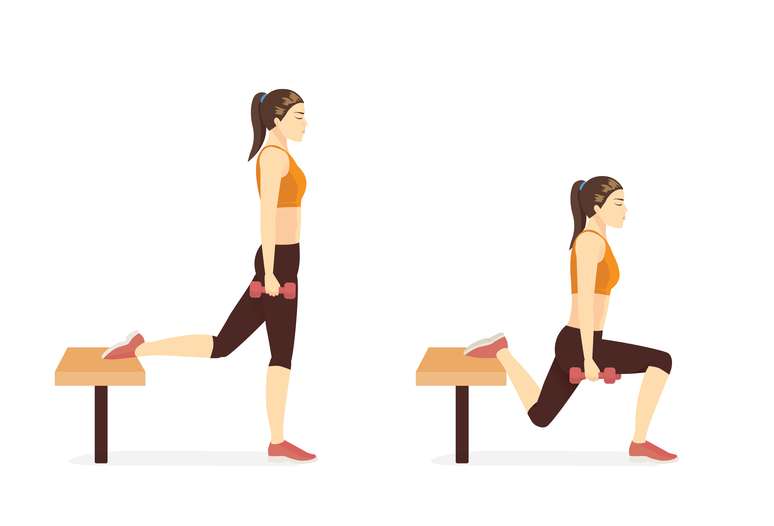
two. Jump to the bench
Jumping exercises, also called plyometrics, such as bench jumps, place a lot of demands on the leg and buttock muscles throughout the movement. Start with a low height and gradually increase it.
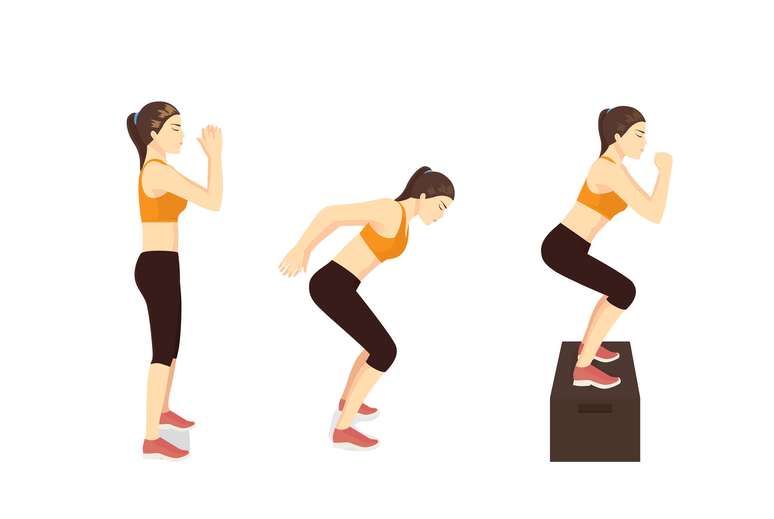
3. Inclined push-ups
You can rest your feet on a fixed bench or any elevated object, keeping your body inclined to the floor. This movement works primarily the upper chest and also the triceps, in addition to the shoulders.
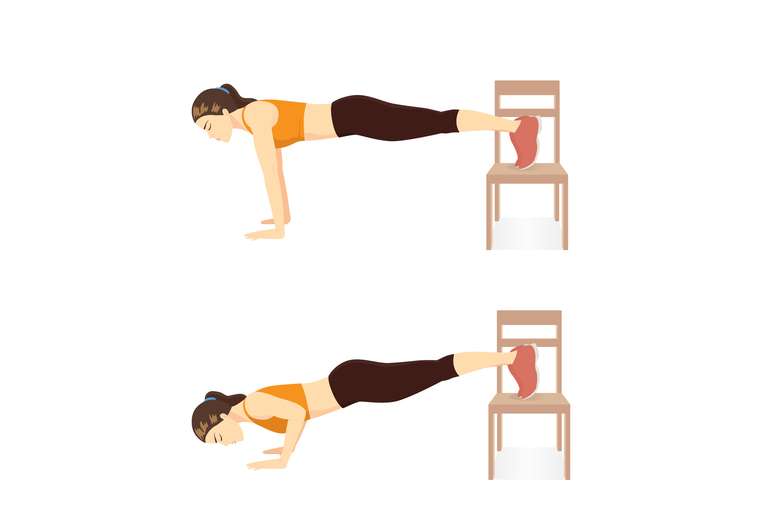
4. Parallel bars
This exercise requires performing two elevated, parallel bars. In outdoor locations, they are often found at training stations. The exercise activates both the chest and triceps and some of the front and sides of the shoulders.
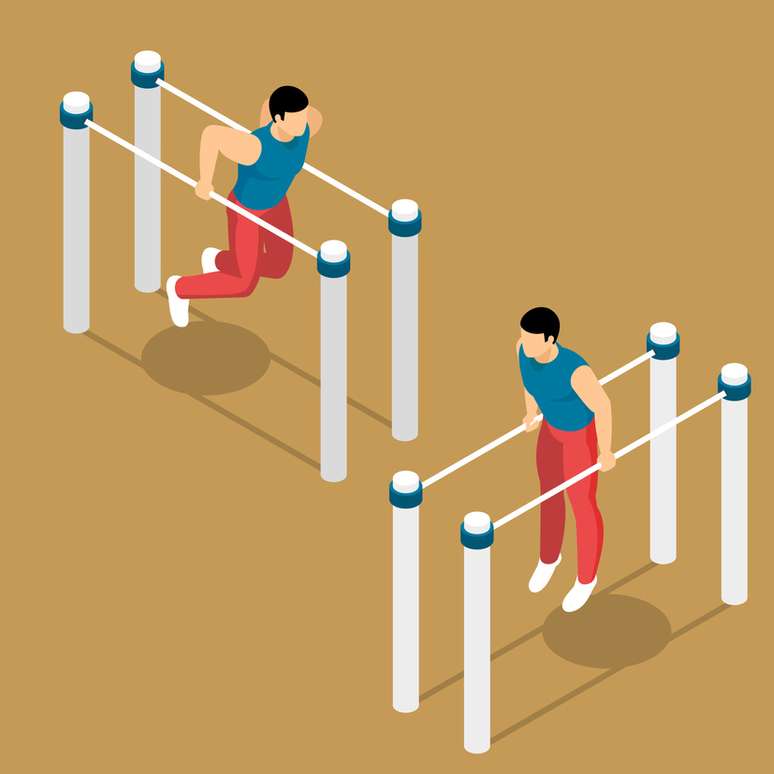
5. Inclined push-ups
Here you are in a position inclined to the floor, resting your arms on a fixed bar or even on a bench. Recruits the lower pectoral region, as well as the shoulder and triceps.
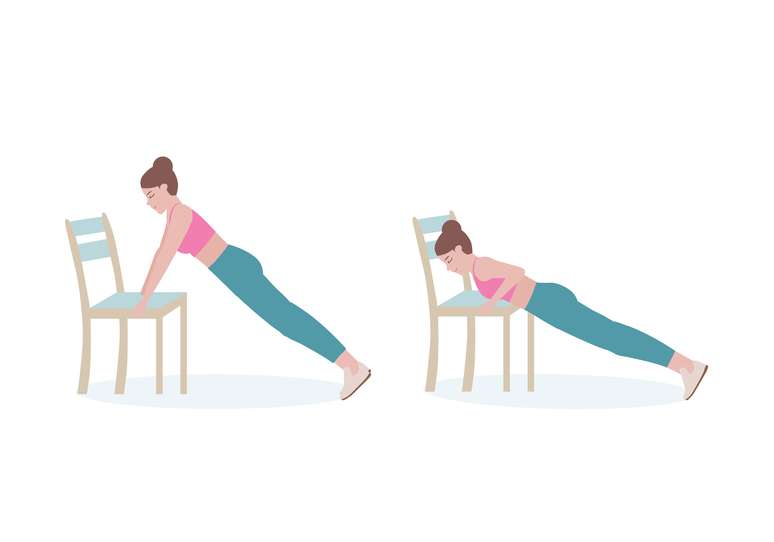
6. Triceps on the bench
This movement activates the triceps in a concentrated way and can be performed on any fixed bench or similar object that allows for the full range of the exercise. The shoulders are also indirectly necessary.
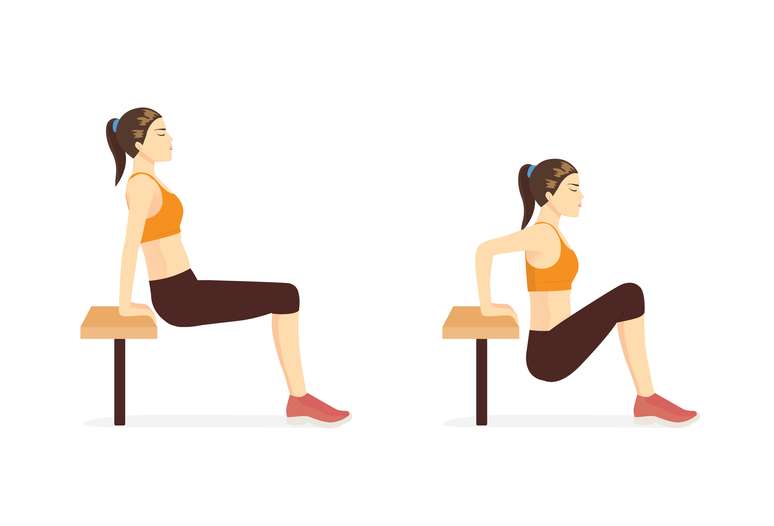
7. Fixed bar
The pull-up bar can be done with different grips and arm widths. Bars are typically found in parks and outdoor calisthenics spaces. The wider grip, with the hands facing forward, stimulates the back muscles more, but the biceps are also activated.
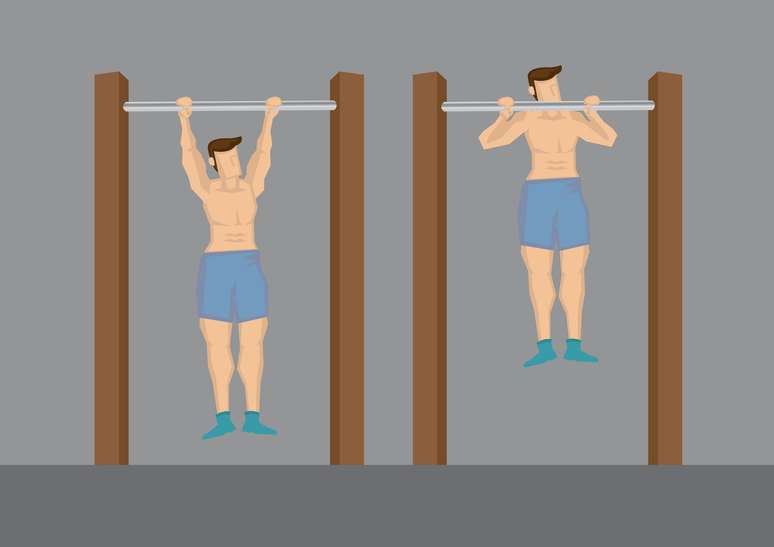
8. Australian pull-up (bar row)
The movement is similar to that of the fixed bar, but closer to the ground. The body is in a more horizontal position and the legs are resting on the floor. Use an open, overhand grip (palms facing out). The movement can be carried out, for example, on a very solid table.
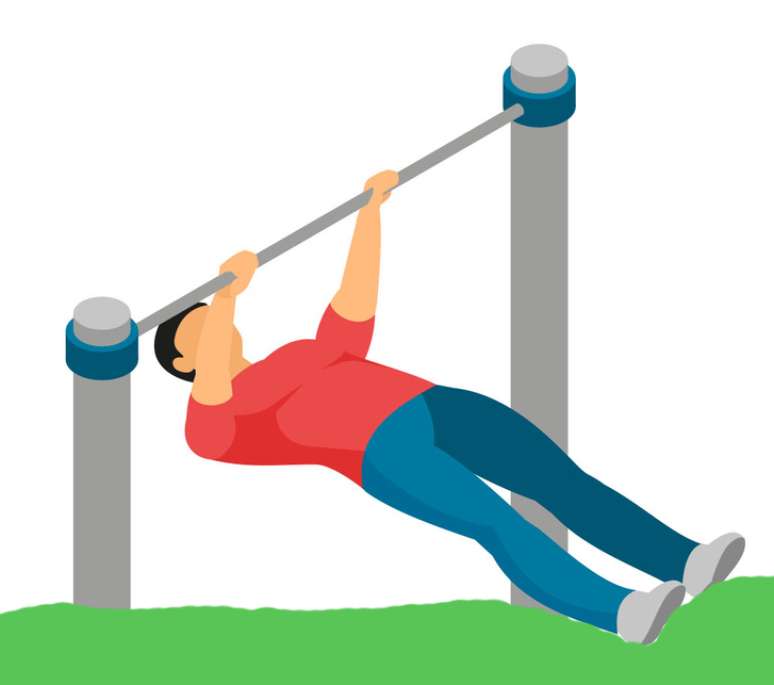
9. Row of biceps
Similar to the barbell row, however, with the arms together and the supine grip (palms facing inward), so as to activate the biceps more.
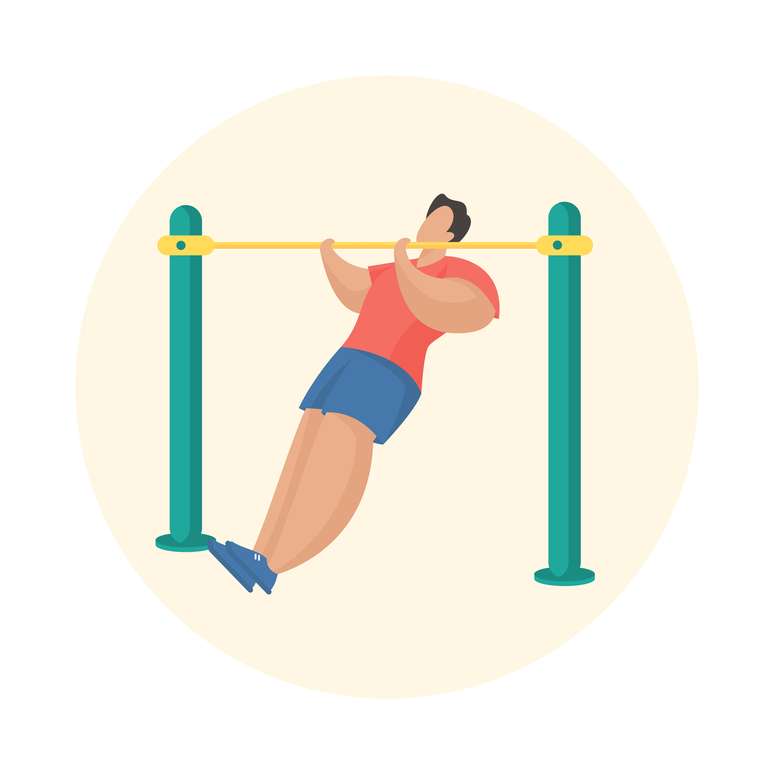
10. Close-grip pull-ups
The pull-up exercise is one of the most common exercises for training the back and biceps region. Here, with a closed grip, there is greater activation of the arms, but the back is also worked.
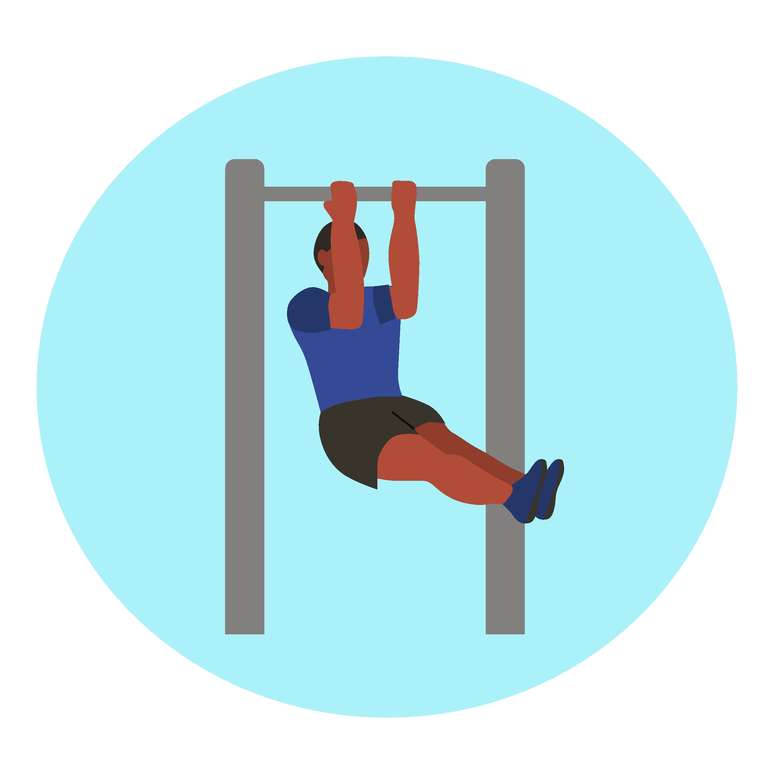
Source: Terra
Ben Stock is a lifestyle journalist and author at Gossipify. He writes about topics such as health, wellness, travel, food and home decor. He provides practical advice and inspiration to improve well-being, keeps readers up to date with latest lifestyle news and trends, known for his engaging writing style, in-depth analysis and unique perspectives.

